Walking your dog should be a fun and enjoyable experience, but if you’ve ever struggled with a leash that’s too short, too long, or simply uncomfortable to hold, you’re not alone. Many dog owners unknowingly make a crucial mistake when choosing a leash, which can lead to frustration, discomfort, and even safety risks for both them and their furry friends.
So, what’s the #1 mistake dog owners make when choosing a leash? They pick the wrong leash for their dog’s size, behavior, and walking style!
A leash isn’t just a simple accessory—it’s an essential tool that affects your dog’s safety, comfort, and training. In this guide, we’ll break down everything you need to know to select the perfect leash for your pup, avoid common pitfalls, and make your daily walks smoother than ever.

Why Choosing the Right Dog Leash Is So Important
The leash is your direct connection to your dog. It’s what keeps them safe, under control, and close to you. The right leash can make training easier, prevent injuries, and improve your dog’s walking experience. On the other hand, the wrong leash can cause frustration, pulling issues, and even put your dog at risk.
Here are some key benefits of choosing the perfect leash:
✅ Better Control: A well-fitted leash allows you to guide your dog easily without excessive pulling.
✅ Safety First: The right leash prevents your dog from running into danger, like traffic or aggressive animals.
✅ Training Made Easy: The correct leash can reinforce good behavior and help with leash training.
✅ Comfort for You & Your Dog: A good leash prevents hand strain and keeps your pup from feeling restricted.
Now, let’s dive into the most common leash mistakes and how to avoid them.
The #1 Mistake: Choosing the Wrong Leash for Your Dog
Many dog owners grab the first leash they see, assuming all leashes work the same way. But not all leashes are created equal! The biggest mistake? Using a leash that doesn’t match your dog’s size, strength, and behavior.
Imagine using a flimsy, thin leash for a strong, energetic Labrador. Or a thick, heavy-duty leash on a tiny Chihuahua. Neither situation is ideal, and both can lead to discomfort, loss of control, and even safety issues.
Signs You’re Using the Wrong Leash:
❌ Your dog pulls excessively, making walks frustrating and exhausting.
❌ The leash is too short or too long, leading to a lack of control.
❌ You feel wrist or hand strain from holding the leash.
❌ The clip or hardware isn’t strong enough for your dog’s size.
❌ Your dog frequently chews on or damages the leash.
If any of these sound familiar, don’t worry! We’ve got the perfect leash solutions for you.
How to Choose the Best Leash for Your Dog
Finding the right leash depends on several factors, including your dog’s size, walking habits, and your comfort. Here’s a breakdown of what to look for:
1. Consider Your Dog’s Size & Strength
- Small Dogs (Under 20 lbs): Opt for a lightweight leash with a thinner width (around ½ inch). Heavy leashes can be uncomfortable for small pups.
- Medium Dogs (20-50 lbs): A standard leash (¾ inch to 1 inch wide) made of durable material is ideal.
- Large & Strong Dogs (50+ lbs): A heavy-duty leash with reinforced stitching and a strong clasp is essential to prevent breakage.
💡 Pro Tip: If your dog is a puller, a leash with a padded handle can prevent hand fatigue!
2. Choose the Right Leash Length
Leashes come in various lengths, and each serves a different purpose:
- 4-5 Feet: Perfect for city walks, training, and keeping your dog close in crowded areas.
- 6 Feet: The standard leash length, providing a balance of freedom and control.
- 10+ Feet (Long Line): Great for recall training and giving your dog more room to roam in open areas.
🚫 Avoid overly long leashes in high-traffic areas—they can be dangerous if your dog suddenly darts into the street.
3. Pick the Best Leash Material
Leashes are made from a variety of materials, each with its pros and cons:
✔ Nylon: Lightweight, affordable, and available in many colors, but can cause burns if your dog pulls.
✔ Leather: Durable, comfortable, and stylish but requires maintenance.
✔ Rope: Strong and comfortable to hold, great for large dogs.
✔ Biothane: Waterproof, easy to clean, and durable—perfect for active dogs.
🐶 Best Overall Pick? A soft neoprene-padded leash with a durable, adjustable design for ultimate comfort and versatility.
4. Prioritize Safety Features
A high-quality leash should have:
🔒 A Strong Clasp: Look for rust-resistant metal clasps with a secure locking mechanism.
🌙 Reflective Stitching: Essential for night walks to keep you and your pup visible.
⚡ Shock Absorption: A bungee or flexible leash helps reduce jolts if your dog pulls suddenly.

Specialty Leashes: Which One Is Right for You?
Beyond standard leashes, there are specialized options for different needs:
🚶♂️ Hands-Free Leashes: Ideal for joggers and multi-taskers, these leashes attach around your waist.
🚗 Seat Belt Leashes: Keep your pup secure while driving.
🏕️ Training Leashes (Long Lines): Great for recall training and off-leash practice.
🛑 No-Pull Leashes: Designed to discourage pulling and improve leash manners.
Depending on your lifestyle, investing in a few different leashes might be a smart move!
How to Stop Pulling & Improve Your Walks
If your dog pulls like a sled dog, don’t worry—you’re not alone! Here’s how to fix it:
1️⃣ Use a No-Pull Harness: A front-clip harness discourages pulling and improves control.
2️⃣ Keep Walks Engaging: Change direction frequently and reward loose-leash walking.
3️⃣ Don’t Reward Pulling: If your dog pulls, stop walking. Only move forward when they loosen the leash.
4️⃣ Practice Short Training Sessions: Spend a few minutes each day reinforcing good leash manners.
💡 Need a leash that makes training easier? Try an adjustable-length leash with a built-in safety buckle for better control!
Final Thoughts: Find the Perfect Leash for Happy Walks
Choosing the right leash isn’t just about looks—it’s about safety, comfort, and control. By avoiding the common mistake of picking the wrong leash, you’ll make your walks more enjoyable for both you and your furry friend.
✔ Consider your dog’s size and behavior.
✔ Choose the correct leash length and material.
✔ Prioritize safety features and comfort.
✔ Try specialty leashes if needed.
A well-chosen leash can turn stressful walks into enjoyable adventures. Ready to upgrade your dog-walking experience? Check out our premium, secure, and stylish leashes designed for ultimate comfort and control!
🐶💖 Happy Walking! 💖🐶











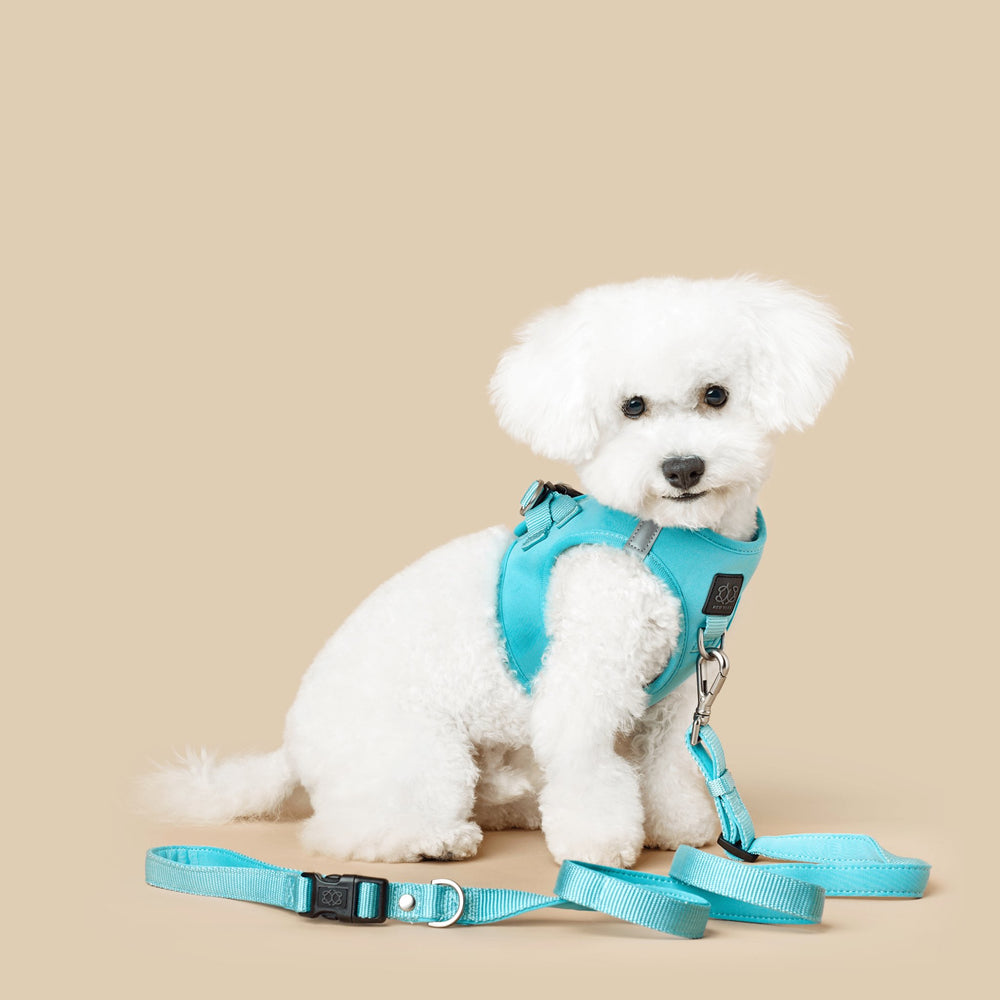
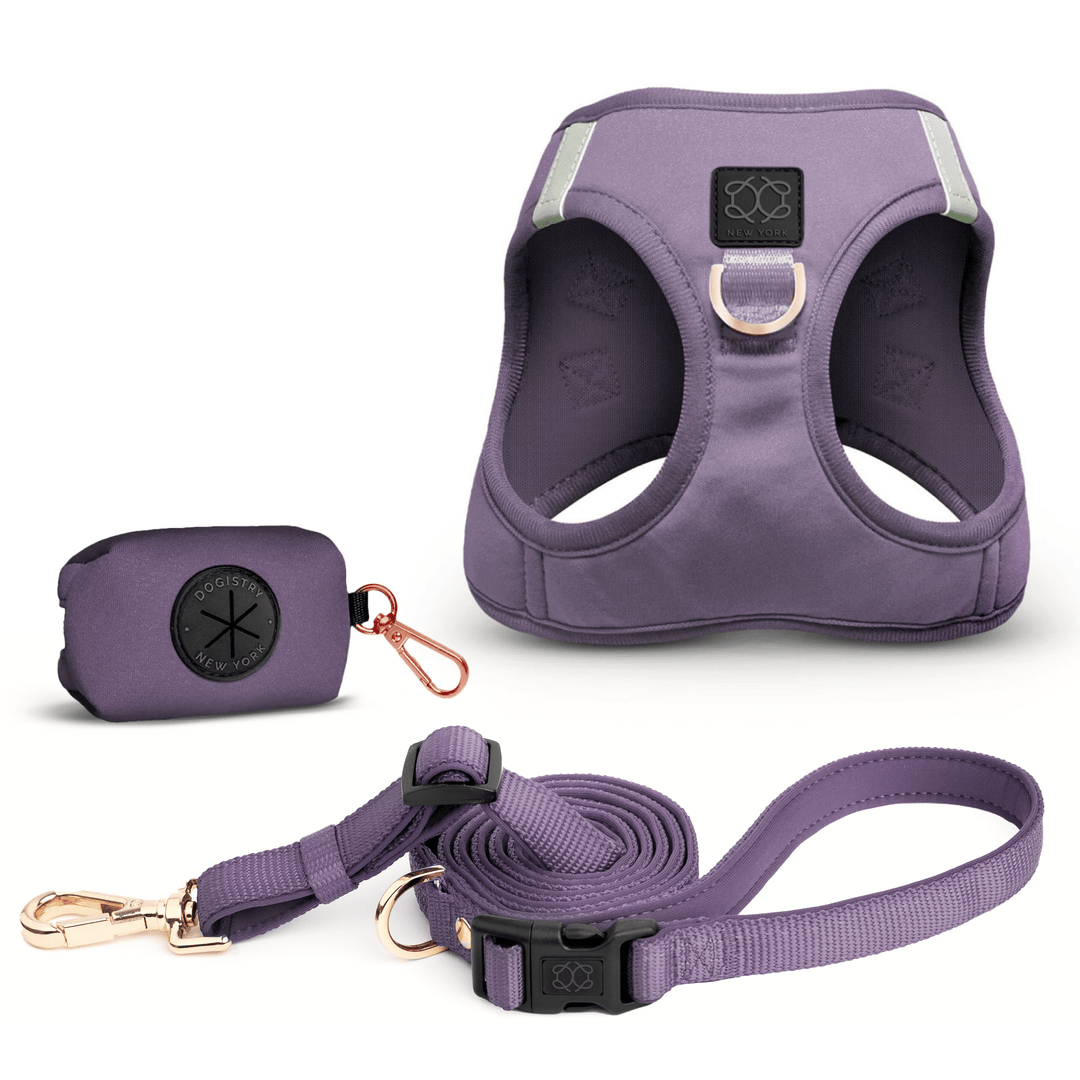
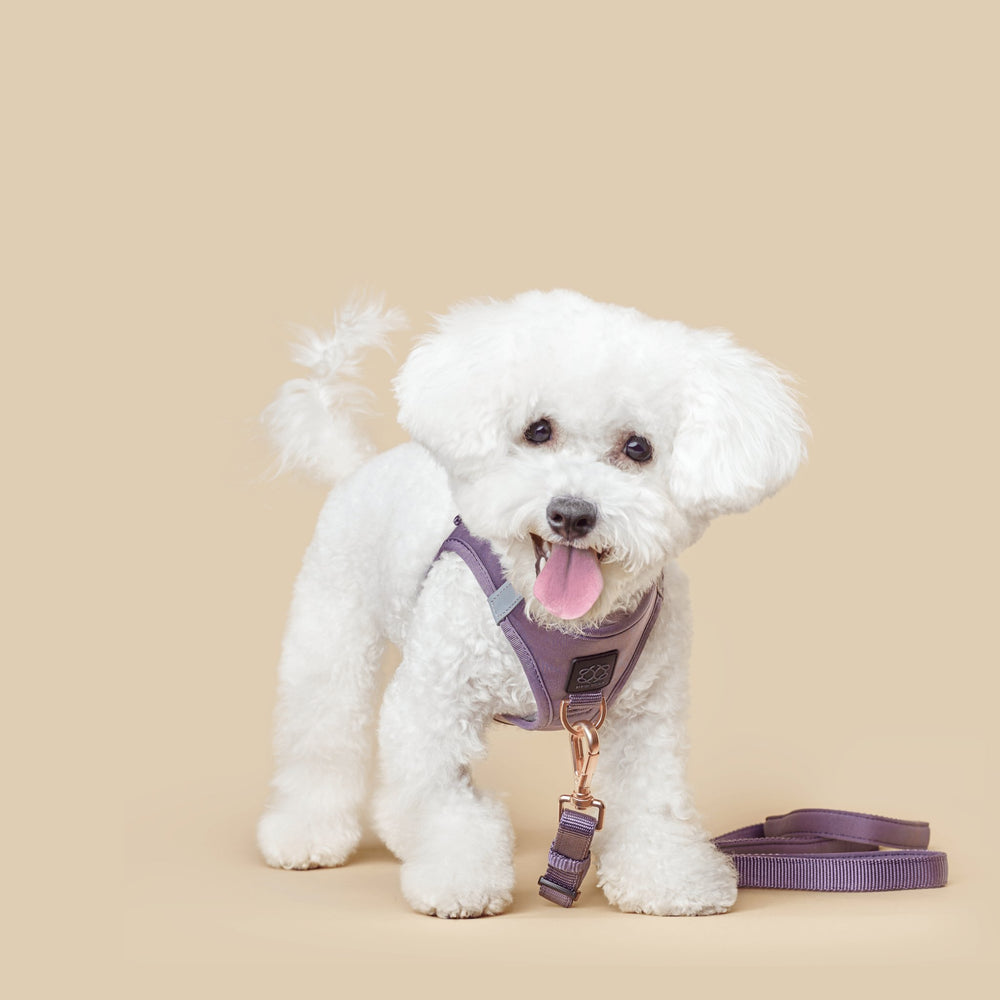
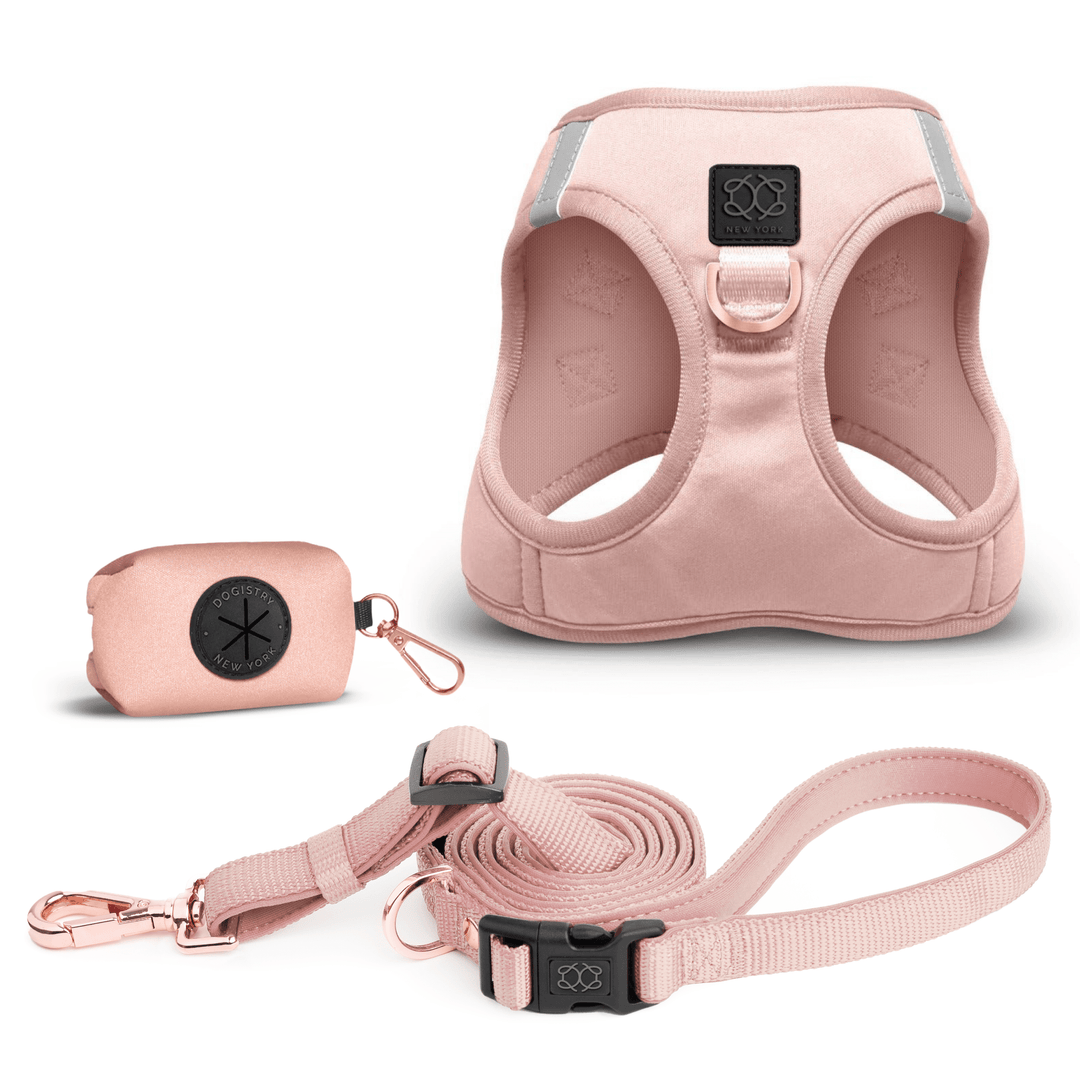
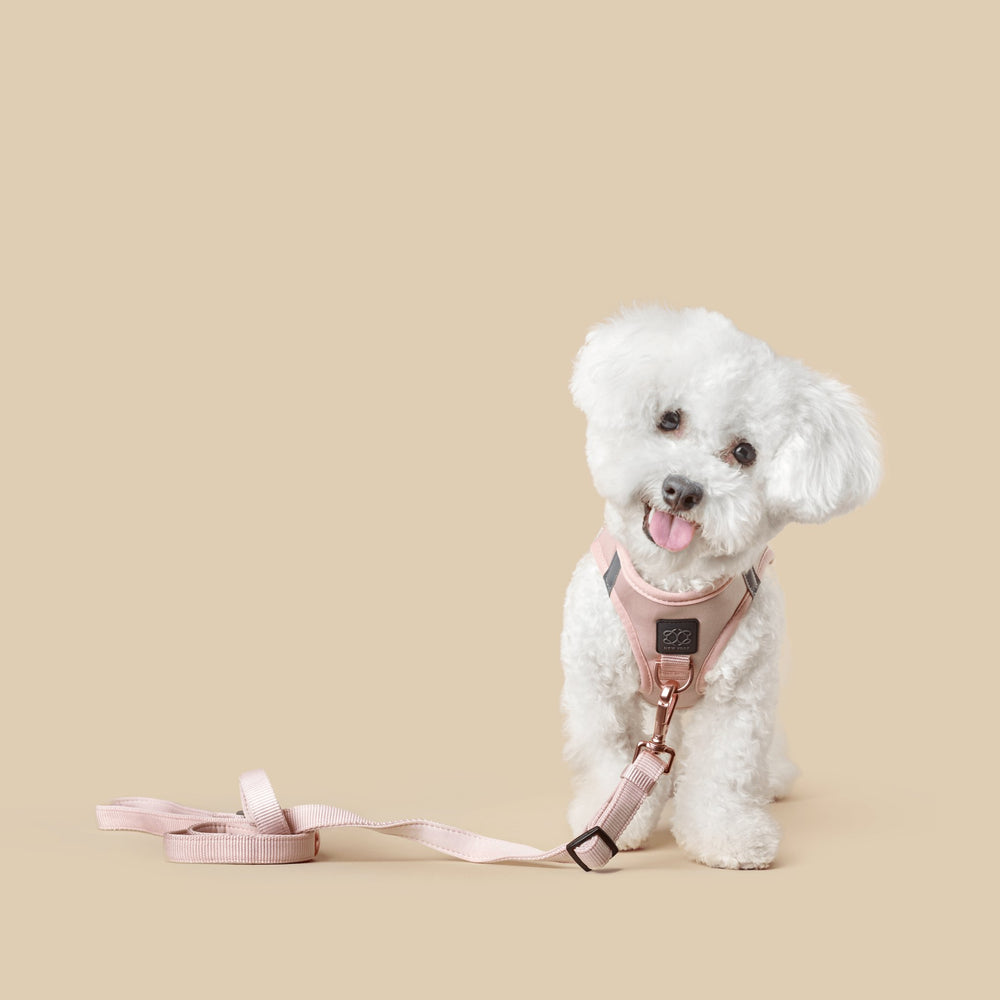


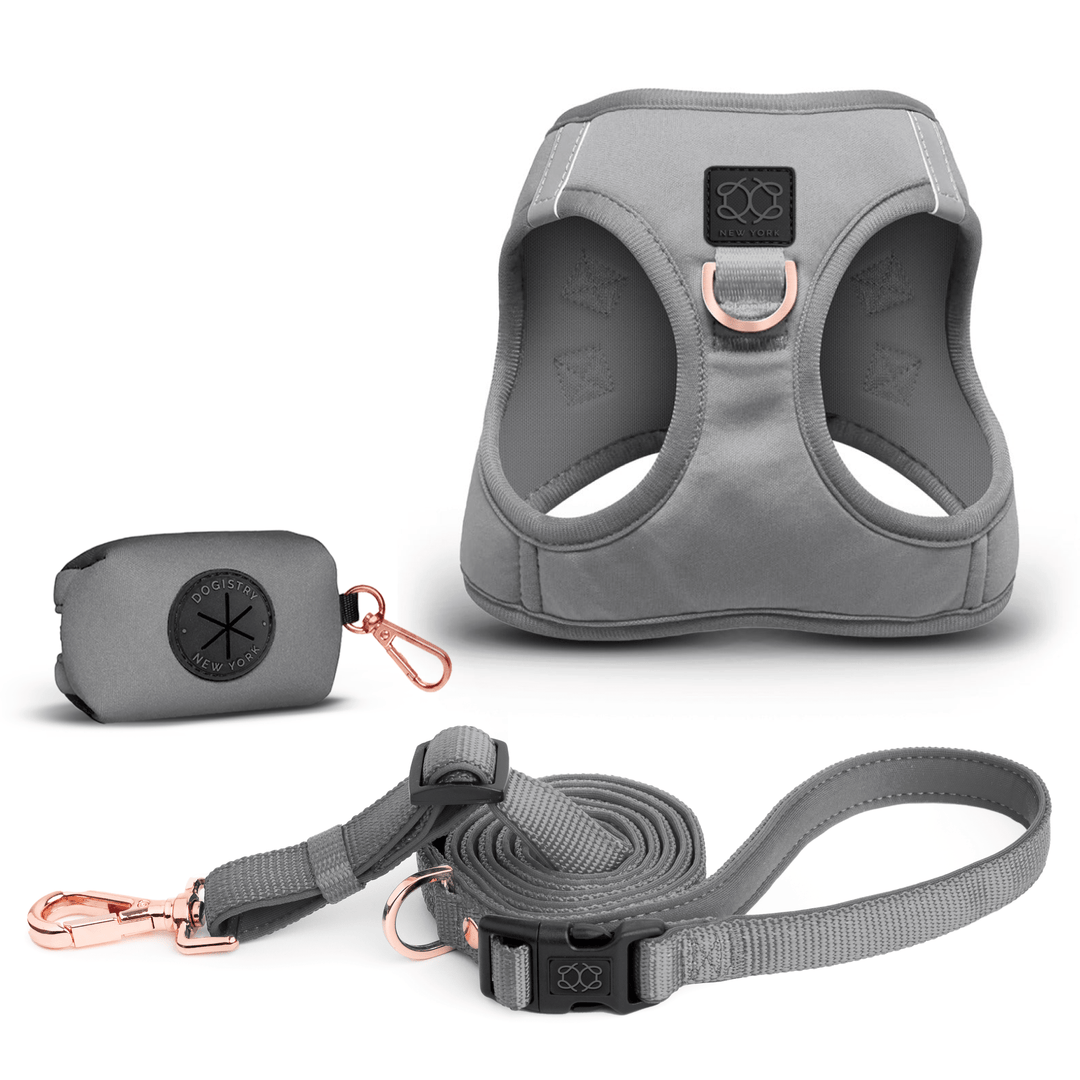
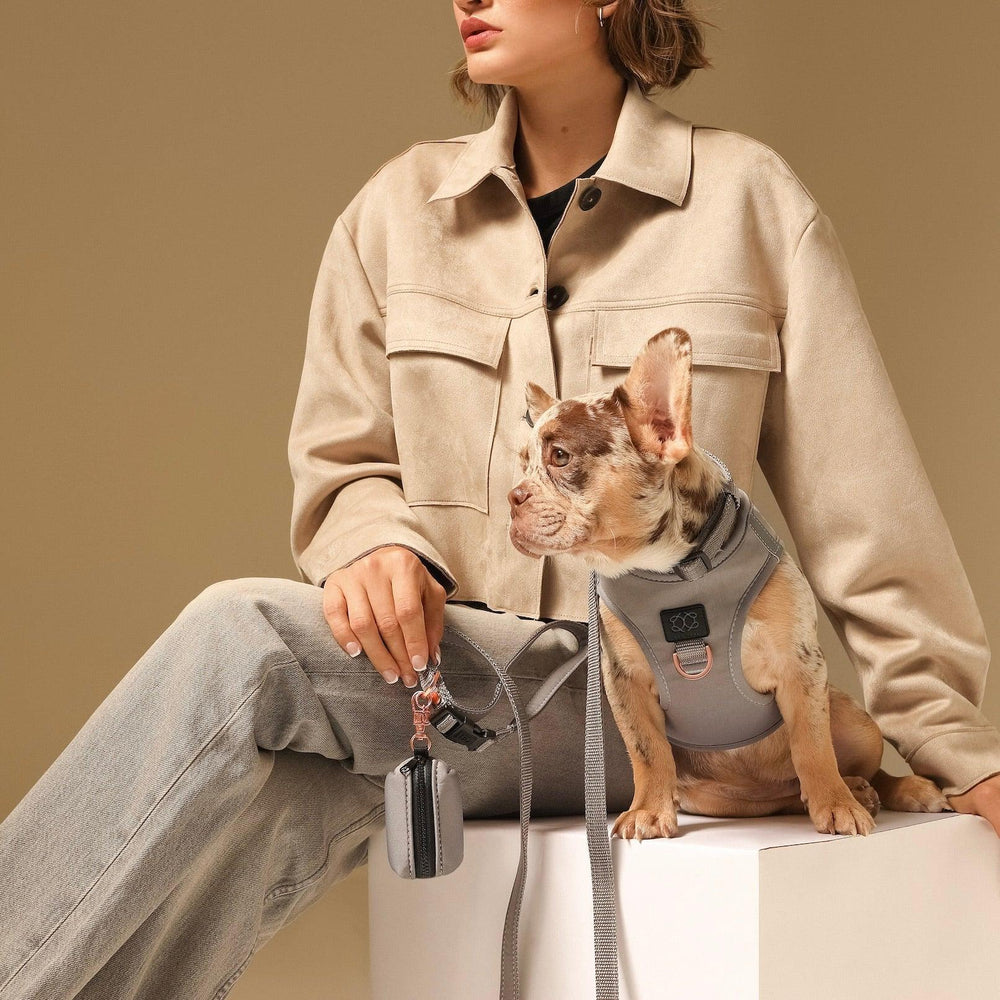


Leave a comment